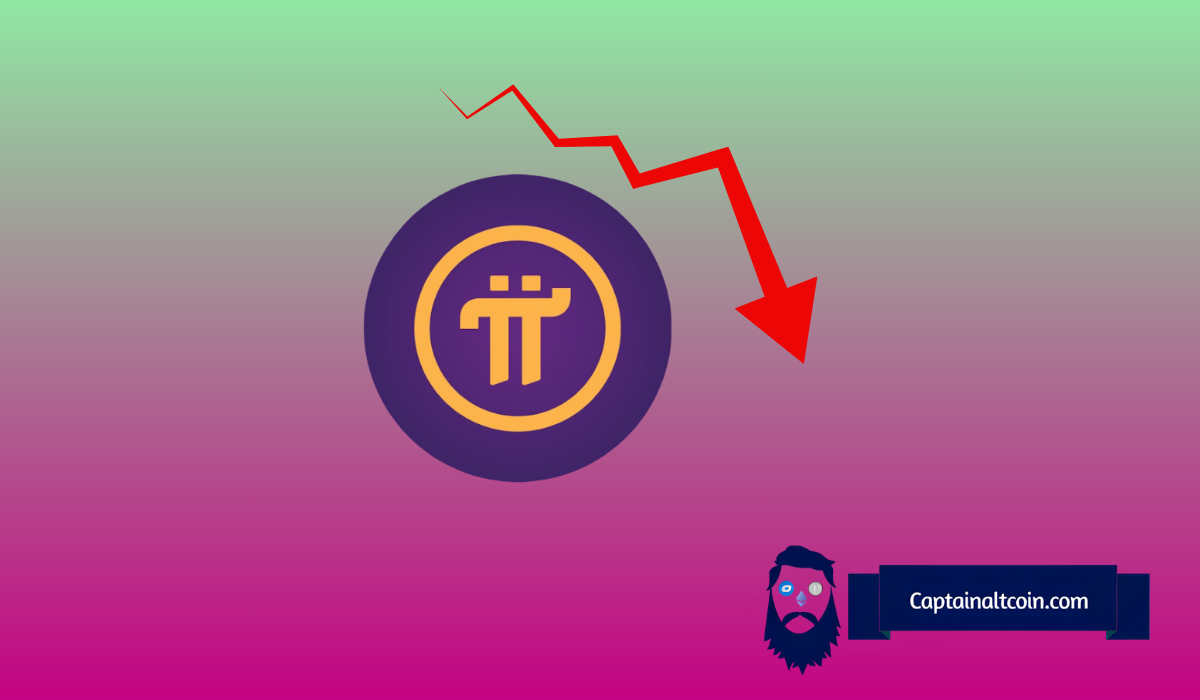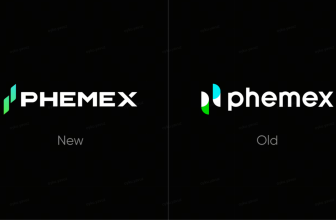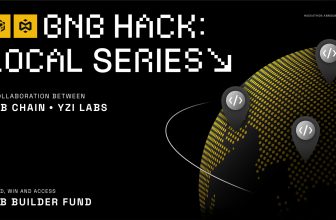
The Pi Network is still a new thing in crypto, but the importance of securing your digital assets has never been greater. One of the most misunderstood aspects of this ecosystem is how the Pi wallet works – and why your coins might not be as safe as you think, unless you truly understand the fundamentals behind it.
The Pi wallet is what’s called a “non-custodial” wallet. That might sound technical, but all it really means is that you are the only one who has access to it. There’s no bank, company, or support team holding your hand here. While that gives you complete control, it also means you’re the only line of defense. If you mess up, there’s no safety net.
At the heart of the Pi wallet’s security is something called a BIP39 passphrase. It’s a string of 24 words, randomly generated, that functions like a master key. Think of it as the ultimate password, but even stronger. The reason this passphrase is so powerful is because it creates an astronomical number of combinations—so many that even the fastest supercomputers would take billions of years to crack it. In short, if you keep that passphrase private and safe, your Pi coins are virtually unhackable.
But that’s a big “if.” What a lot of people don’t realize is that even the strongest security systems can be undone by human mistakes. And unfortunately, the crypto space is full of scammers who know this. Some pose as helpful tech wizards or Pi experts, offering to assist with wallet problems. Others try to trick users into giving away their passphrases under the guise of “support.” Here’s the truth: anyone who asks for your passphrase is trying to steal your Pi. No legitimate person or organization will ever need it. If you share it – even once – your coins are as good as gone.
To make matters worse, if you lose your passphrase, there’s no way to reset it. Unlike traditional apps or services, the Pi wallet doesn’t come with a “forgot password?” link. That’s part of what makes it secure: only you can unlock it. But it’s also why you need to store that passphrase in a safe place, away from prying eyes, and somewhere you won’t forget.
Thankfully, the Pi Core Team has added a smart feature to help with this: biometric authentication. If your phone supports it, you can enable fingerprint or facial recognition to access your wallet more easily. This adds a second layer of protection without the need to constantly type in your passphrase.
Learning about digital security is no longer optional. Whether you’re new to crypto or already deep in the Pi ecosystem, understanding how wallets work is essential. Not just so you can protect your own assets, but so you can help others do the same. Misinformation spreads fast, and the best way to combat it is with knowledge.
So here’s the bottom line: your Pi coins are only as secure as your habits. The wallet itself is built like a fortress – but only if you guard the key. Take responsibility, stay alert, and never underestimate how quickly a small mistake can cost you everything.
Read also: The Real Cost of Mining Pi Coin? Millions Gave Up Their Data for Pi Network
Subscribe to our YouTube channel for daily crypto updates, market insights, and expert analysis.
We recommend eToro
Wide range of assets: cryptocurrencies alongside other investment products such as stocks and ETFs.
Copy trading: allows users to copy the trades of leading traders, for free.
User-friendly: eToro’s web-based platform and mobile app are user-friendly and easy to navigate.









